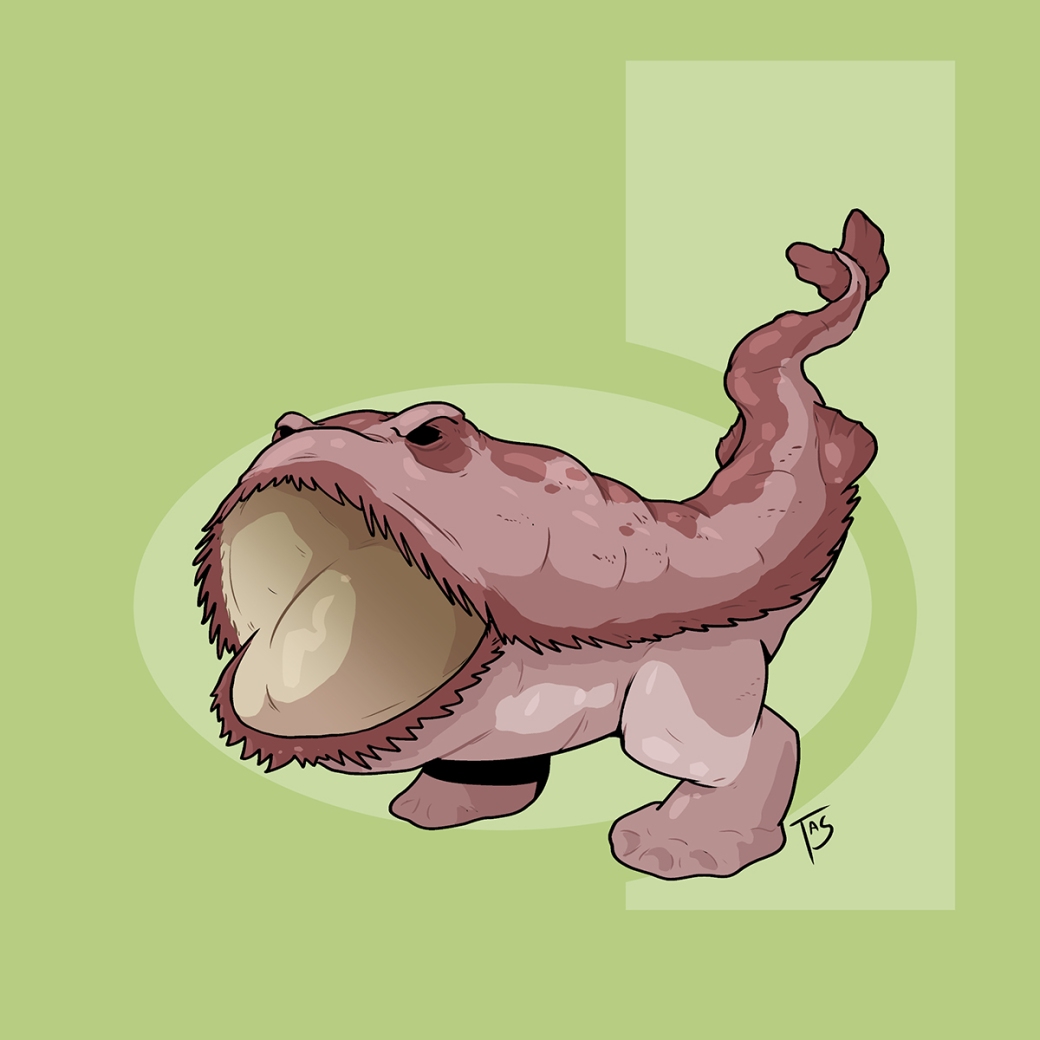
The Paraná Creature
Region of origin: Carmen del Paraná, Itapúa, Paraguay
Discovered in late October, 2015 floating down the shoreline of the Paraná River in Paraguay, locals came across the decomposing corpse of a small, strange creature. It had wrinkled, frog-like skin and limbs but the hands, tail and face of a primate. Firefighters were called and several photographs were taken but no medical examination or positive identification is ever known to have taken place. Theories of its origins have ranged from a dead monkey whose body was affected by its time in the water to possibly being some kind of relation to the chupacabra.





 Lusca
Lusca

